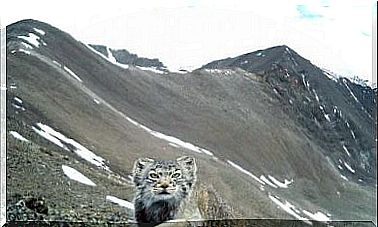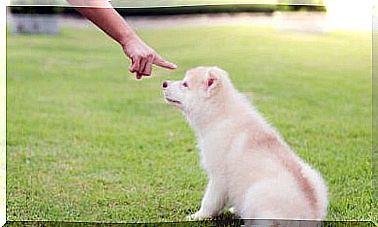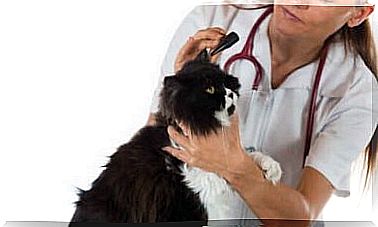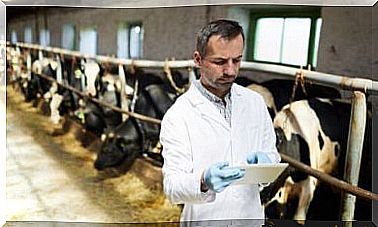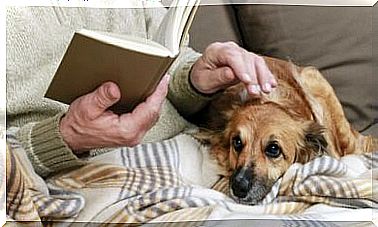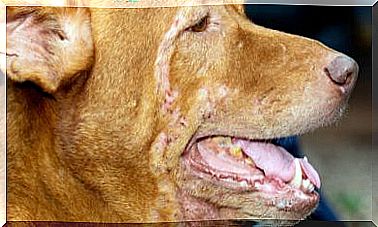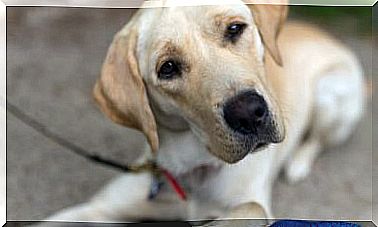Depression In Dogs: Know The Reason

Not only humans, dogs too can suffer from depression . The signs are very similar, but why do dogs get depressed? Then you will learn more about this topic.
Causes of Depression in Dogs
While endogenous causes can also lead to depression in dogs, the triggers are usually found in traumatic situations, which are often temporary.
For example, sudden changes can lead to depression in dogs. Here some examples:
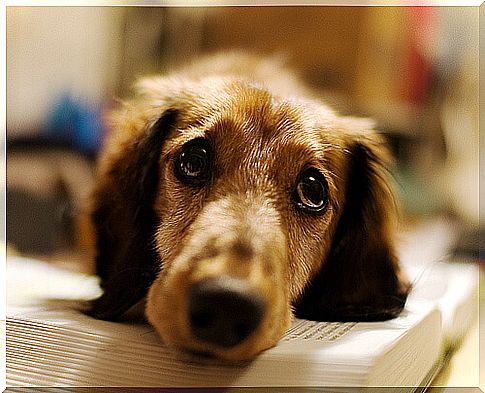
- A new family member: another pet, baby, etc.
- Death or absence of a family member (human or animal)
- move
- Changes in everyday life: longer absences, unusual working hours, etc.
- Fight with another dog while out for a walk
In addition , weather changes or a change of season can affect not only people but also four-legged friends and make them depressed.
Other reasons that cause depression in dogs
There are also deeper reasons that can cause depression in dogs. In these cases, owners have the greatest responsibility for not properly caring for their pets.
For example, we are talking about the following situations:
- Not socializing with other pets (especially other dogs)
- Inadequate training
- Excessive protection
- Humanization
- Long loneliness, insufficient attention
- Bad treatment of animals (violence, yelling, tying up, isolation …)
If the owner of the pet has depression, the dog is more likely to be “infected” by it. In this situation, the animal often receives too little care and attention.
How do you recognize depression in dogs?
As mentioned earlier, the signs of depression in dogs are similar to humans, but these can also be mistaken for tiredness and boredom.
You should therefore be careful to identify the disorder early on before it progresses.
The following signs can indicate depression in dogs:
- Lack of communication with humans and animals, both at home and during walks.
- Inactivity and listlessness
- Changed eating habits: the dog eats more and gains weight or has no appetite.
- Changed sleeping habits: A depressed dog usually sleeps longer, but it can also behave nervously and restlessly and suffer from insomnia.
Other signs of depression in dogs
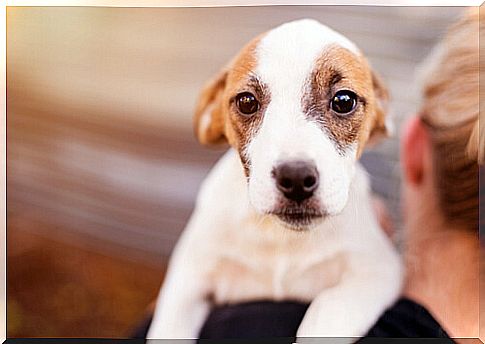
These signs can also indicate depression:
- The dog carries its tail down all the time. Remember that your dog’s body language is a good way of knowing what is wrong with him.
- The dog begins by doing its needs around the house.
- The dog is acting strange. Behaviors such as moaning or frequent barking, restlessness, an excessive bond with the owner or hiding can also be associated with depressive states.
- Self-destructive behavior. In more serious cases, the animal can run into the walls, refuse to feed, or injure itself.
When in doubt, it is better to consult a veterinarian to best manage the situation.
